pcba supplier
What is pcba?
PCBA stands for Printed Circuit Board Assembly. It is the process of assembling and soldering electronic components onto a printed circuit board (PCB) to create a functioning electronic device.
The main application field of the pcba
The main application field of PCBA (printed circuit board assembly) is the electronic industry. It is widely used in various products, from consumer electronics such as smart phones, tablets and laptops to industrial and medical equipment. PCBA and PCB assembly are also used in automotive, aerospace and military applications.
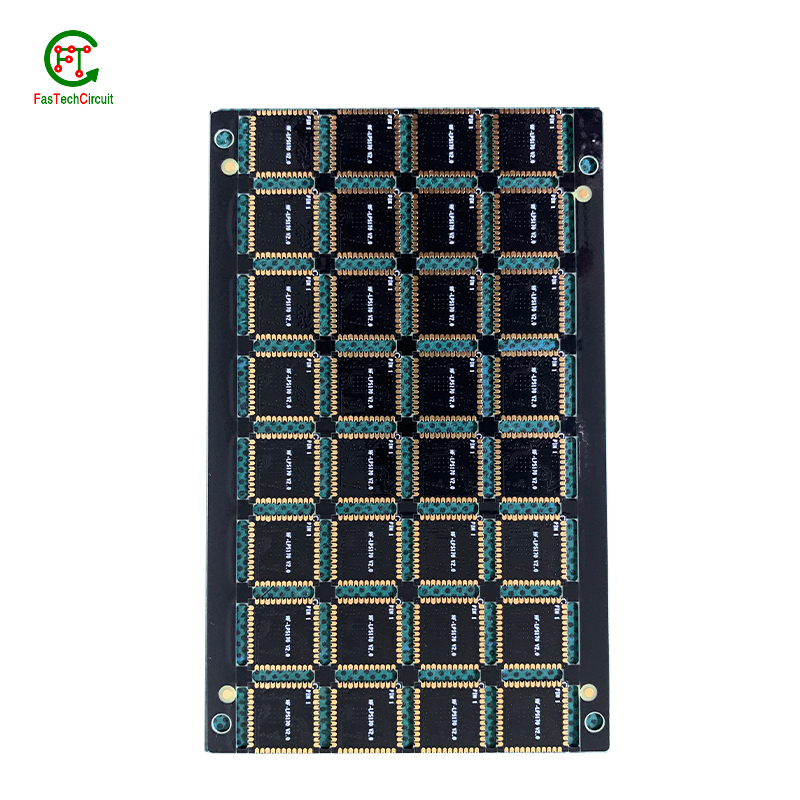
Why do we need pcba?
PCBA (Printed Circuit Board Assembly) is a critical component of any electronic device. It is the foundation of the device, providing the necessary electrical connections between the components. Without a PCBA, the device would not be able to function. PCBA is also used to reduce the size and complexity of the device, making it easier to manufacture and assemble.
Inventor of the pcba
The invention of the printed circuit board assembly (PCBA) is credited to Paul Eisler, an Austrian-born British engineer. He developed the technology in 1936 while working on a radio set for the Royal Air Force. His invention revolutionized the electronics industry by allowing for the mass production of electronic components.
History of pcba development
The development of the Printed Circuit Board Assembly (PCBA) dates back to the early 20th century. In 1903, Albert Hanson of the United States patented the first printed circuit board. This invention was the first step in the development of the modern PCBA.
In the 1950s, the first commercial printed circuit boards were developed. These boards were used in the early computers and other electronic devices. The boards were made of copper foil and were etched with the desired circuit pattern.
In the 1960s, the first automated assembly machines were developed. These machines allowed for the mass production of printed circuit boards. This allowed for the development of more complex and intricate designs.
In the 1970s, surface mount technology (SMT) was developed. This technology allowed for the placement of components directly onto the surface of the printed circuit board. This allowed for the development of smaller and more efficient designs.
In the 1980s, the development of the surface mount technology (SMT) allowed for the development of the modern PCBA. This technology allowed for the mass production of complex and intricate designs.
Today, the PCBA is used in a wide variety of electronic devices. From computers to cell phones, the PCBA is an integral part of modern electronics.
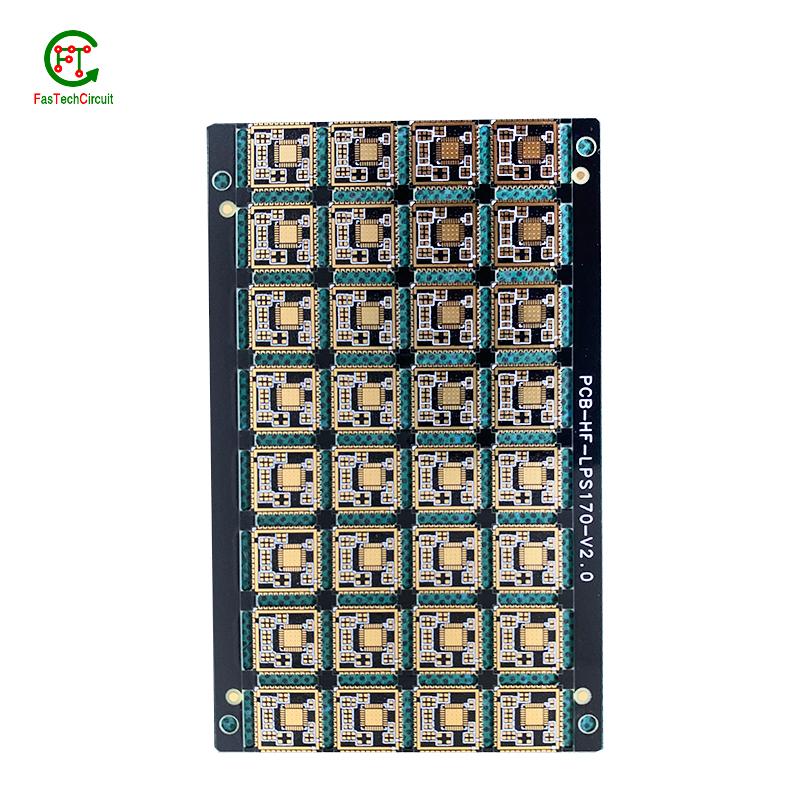
What are the classifications of pcba?
1. Through-Hole PCBA: This type of PCBA uses components with leads that are inserted into holes in the board and then soldered.
2. Surface Mount PCBA: This type of PCBA uses components with leads that are soldered directly onto the board’s surface.
3. Mixed Technology PCBA: This type of PCBA uses a combination of through-hole and surface mount components.
4. Rigid-Flex PCBA: This type of PCBA uses a combination of rigid and flexible printed circuit boards.
5. High-Density Interconnect (HDI) PCBA: This type of PCBA uses components with very small leads and high-density interconnects.
6. Multi-Layer PCBA: This type of PCBA uses multiple layers of printed circuit boards to create a more complex design.
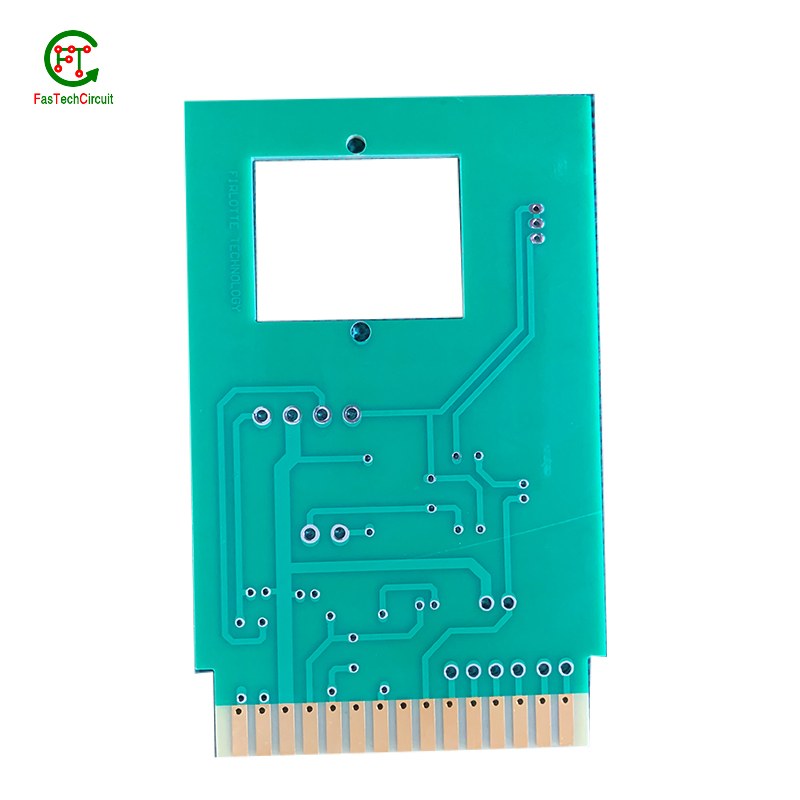
When did humans start using pcba?
The first commercial use of printed circuit boards (PCBAs) was in the early 1950s. The first mass-produced consumer product to use a PCB was the hearing aid in 1952.
What material is suitable for pcba
The most common materials used for PCBAs are FR-4, polyimide, and Rogers. FR-4 is a fiberglass-reinforced epoxy laminate that is the most commonly used material for PCBAs. It is flame retardant, has good electrical insulation properties, and is relatively inexpensive. Polyimide is a high-temperature plastic that is used for applications that require high-temperature performance. It is also flame retardant and has good electrical insulation properties. Rogers is a ceramic-filled epoxy laminate that is used for high-frequency applications. It has excellent electrical insulation properties and is very durable.
The development trend of the pcba industry
1. Automation: Automation is becoming increasingly important in the PCBA industry, as it helps to reduce costs and improve efficiency. Automated processes such as pick-and-place, soldering, and testing are becoming more common.
2. Miniaturization: Miniaturization is becoming increasingly important in the PCBA industry, as it allows for smaller and more efficient designs. This is especially important for products such as wearables and medical devices.
3. Quality Control: Quality control is becoming increasingly important in the PCBA industry, as it helps to ensure that products are reliable and meet customer expectations. Quality control processes such as visual inspection, X-ray inspection, and functional testing are becoming more common.
4. Connectivity: Connectivity is becoming increasingly important in the PCBA industry, as it allows for products to be connected to the internet and other devices. This is especially important for products such as smart home devices and IoT products.
5. Cost Reduction: Cost reduction is becoming increasingly important in the PCBA industry, as it helps to reduce costs and improve profitability. Cost reduction strategies such as component selection, process optimization, and supplier management are becoming more common.
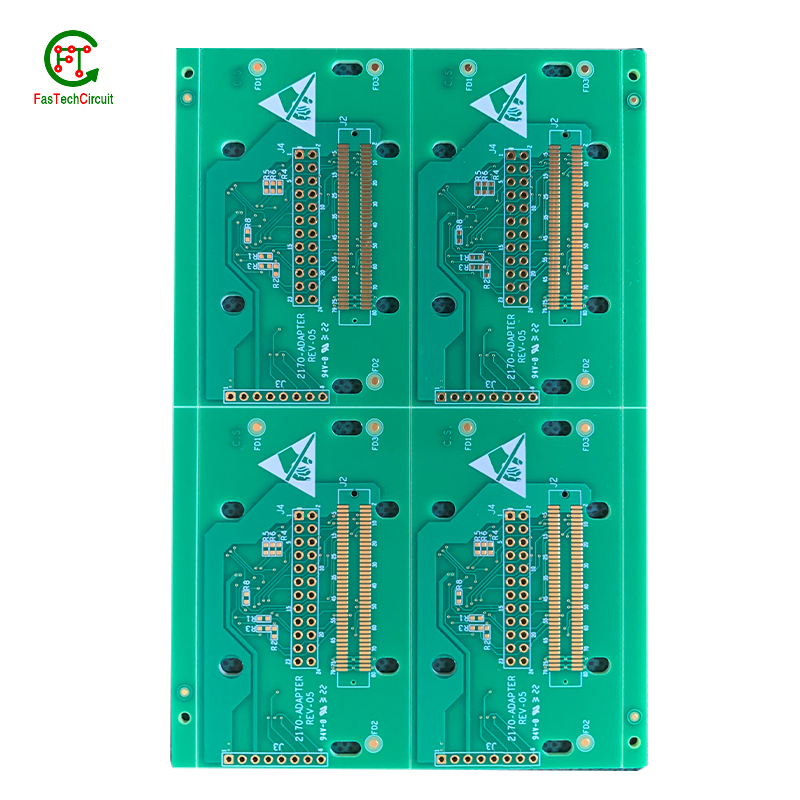
How to choose the pcba supplier with the best quality?
1. Research the supplier’s reputation: Check online reviews and customer feedback to get an idea of the supplier’s quality and customer service.
2. Ask for references: Ask the supplier for references from previous customers and contact them to get an idea of their experience.
3. Check certifications: Make sure the supplier is certified by a reputable organization such as the IPC or UL.
4. Request a sample: Ask the supplier to provide a sample of their work to get an idea of the quality of their product.
5. Compare prices: Compare the prices of different suppliers to make sure you are getting the best value for your money.
6. Ask questions: Ask the supplier any questions you may have about their services and products to make sure they are the right fit for your needs.
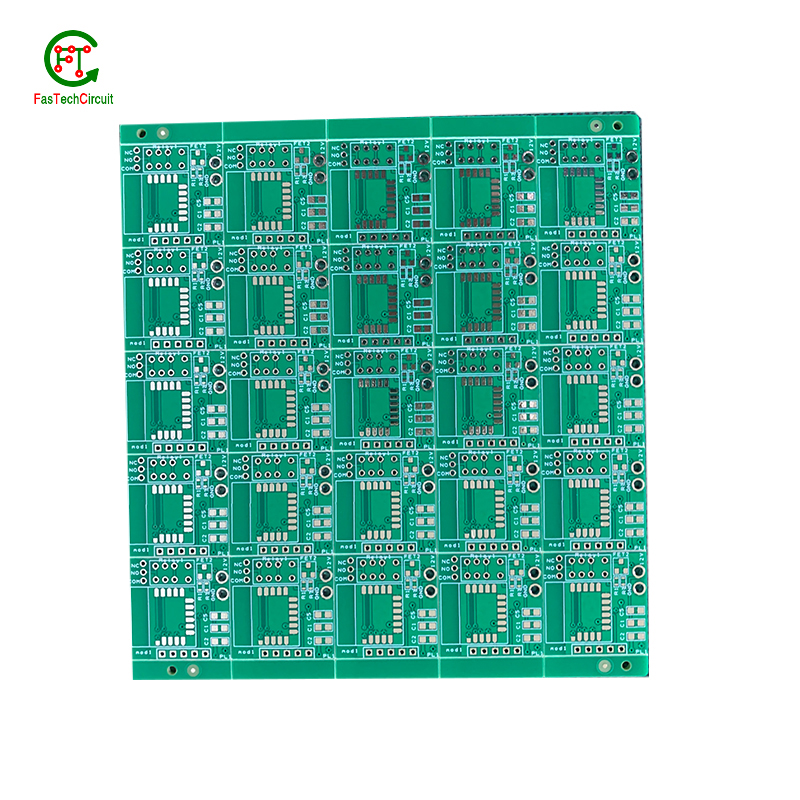
How can pcba supplier improve production quality?
1. Invest in Quality Control: Investing in quality control measures such as automated testing, inspection, and process control systems can help ensure that all components and assemblies meet the required specifications.
2. Utilize Quality Assurance Programs: Quality assurance programs such as ISO 9001 and Six Sigma can help ensure that all processes are properly documented and followed.
3. Use Quality Materials: Using quality materials such as high-grade components and PCBs can help ensure that the final product is reliable and meets the customer’s expectations.
4. Train Employees: Training employees on proper assembly techniques and quality control measures can help ensure that all products are assembled correctly and meet the required specifications.
5. Implement Quality Management Systems: Implementing quality management systems such as Total Quality Management (TQM) can help ensure that all processes are properly monitored and that any issues are quickly identified and addressed.
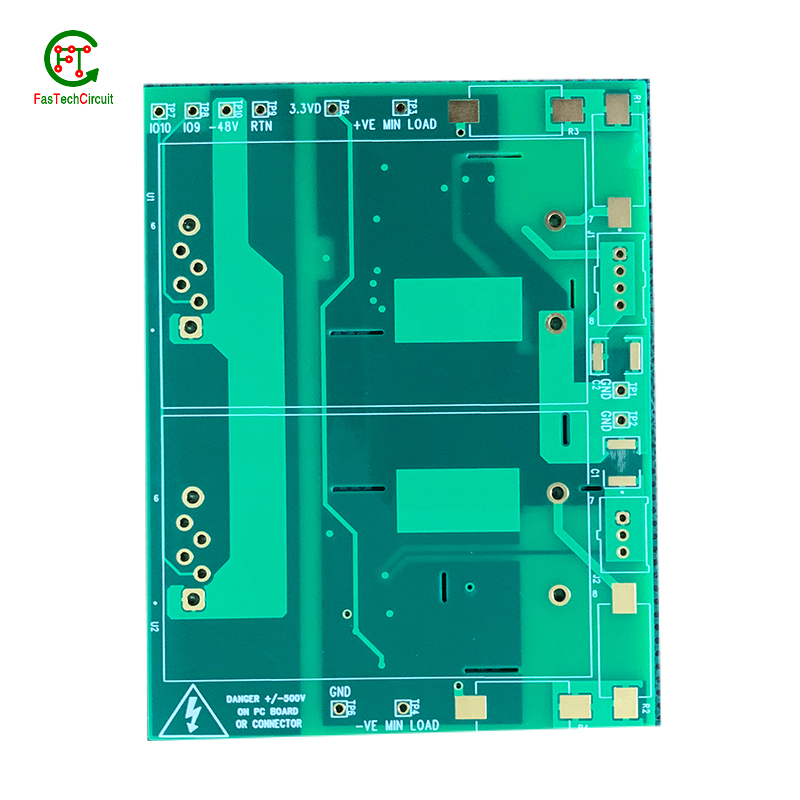
What is the pcba supplier?
PCBA suppliers are companies that specialize in the design and manufacture of printed circuit boards (PCBs) and other electronic components. They provide services such as PCB layout, fabrication, assembly, testing, and more. Popular PCBA suppliers include Advanced Circuits, PCBWay, and MacroFab.
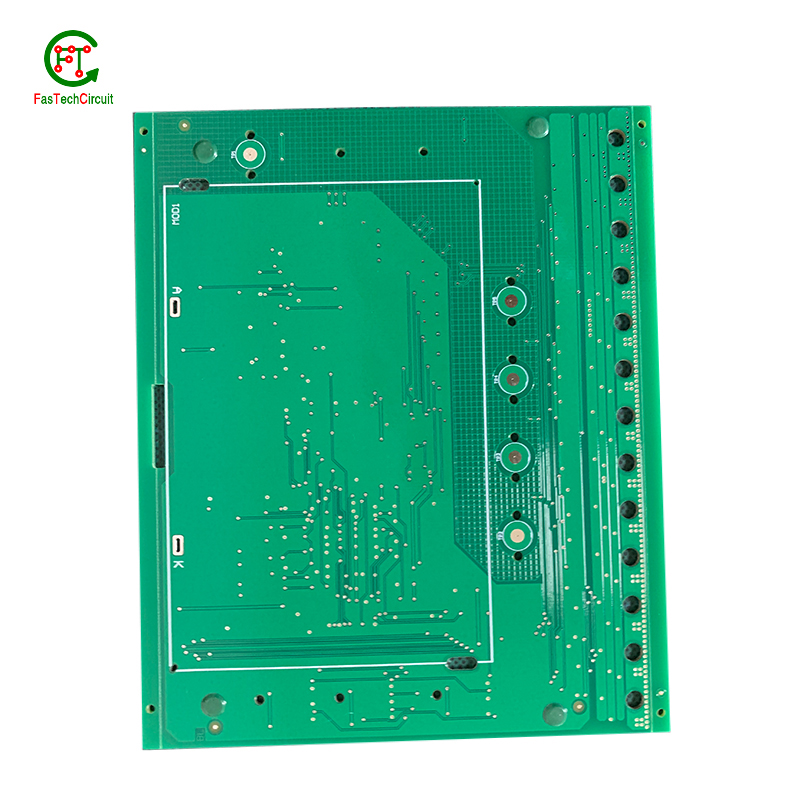
What products can pcba supplier produce?
PCBA suppliers can produce a wide range of products, including printed circuit boards (PCBs), surface mount technology (SMT) assemblies, through-hole assemblies, flex and rigid-flex circuits, and box builds. They can also provide services such as design, prototyping, testing, and manufacturing.
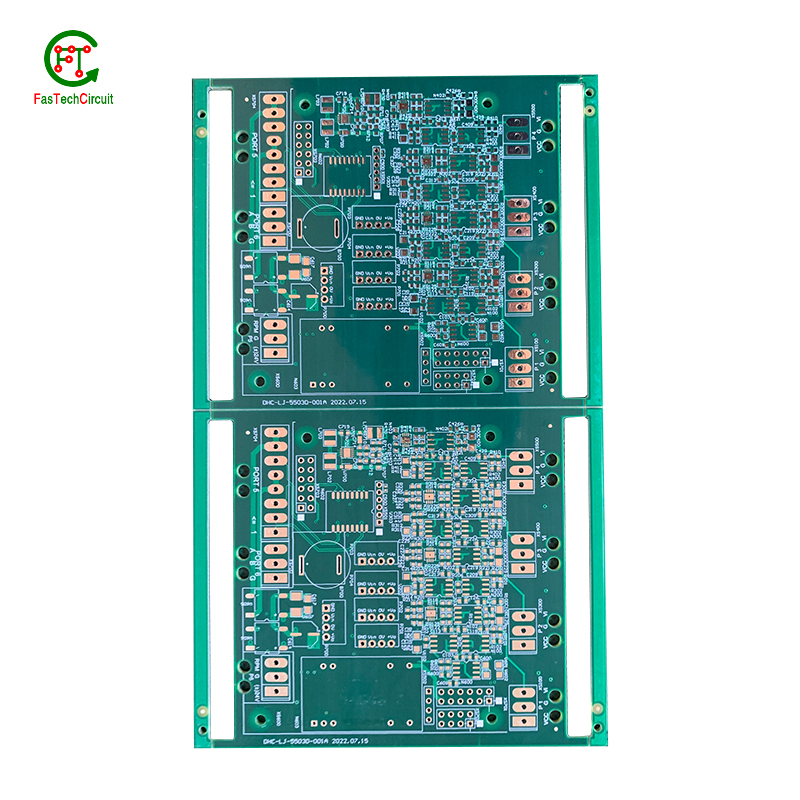
Which companies are more worthy of cooperation in purchasing pcba in China?
1. Shenzhen Aibixing Industrial Co., Ltd.
2. Shenzhen Kingford Technology Co., Ltd.
3. Shenzhen Jia Da Electronics Co., Ltd.
4. Shenzhen E-Tech Electronic Co., Ltd.
5. Shenzhen Miracle Electronic Technology Co., Ltd.
6. Shenzhen Yuzhixiang Electronics Co., Ltd.
7. Shenzhen Sunsoar Circuit Technology Co., Ltd.
8. Shenzhen Yuzhixiang Electronics Co., Ltd.
9. Shenzhen Youshang Technology Co., Ltd.
10. Shenzhen Jia Li Da Electronics Co., Ltd.
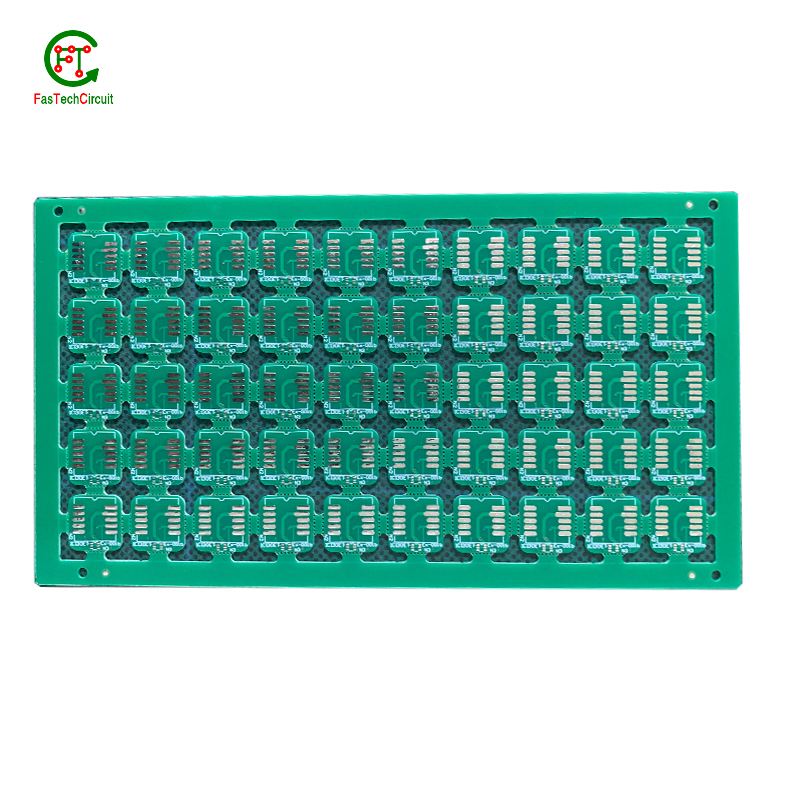
What are the specific requirements of pcba supplier?
1. Quality Control: The supplier should have a quality control system in place to ensure that all components and assemblies meet the customer's specifications.
2. Manufacturing Capabilities: The supplier should have the necessary equipment and personnel to manufacture the PCBAs according to the customer's requirements.
3. Lead Time: The supplier should be able to meet the customer's lead time requirements.
4. Cost: The supplier should be able to provide competitive pricing for the PCBAs.
5. Technical Support: The supplier should be able to provide technical support for the PCBAs.
6. Documentation: The supplier should provide all necessary documentation for the PCBAs.
Analysis on the layout of pcba supplier in China's industrial chain
The layout of PCBA supplier in China's industrial chain is mainly divided into three parts: upstream, midstream and downstream.
Upstream: This part mainly includes raw material suppliers, such as copper foil, solder paste, and other components.
Midstream: This part mainly includes PCBA manufacturers, such as PCB manufacturers, SMT manufacturers, and PCBA assembly manufacturers.
Downstream: This part mainly includes PCBA application manufacturers, such as consumer electronics, automotive electronics, medical electronics, and other industries.
Overall, the layout of PCBA supplier in China's industrial chain is relatively complete, and the industry chain is relatively mature. The upstream and downstream links are relatively close, and the industry chain is relatively stable.
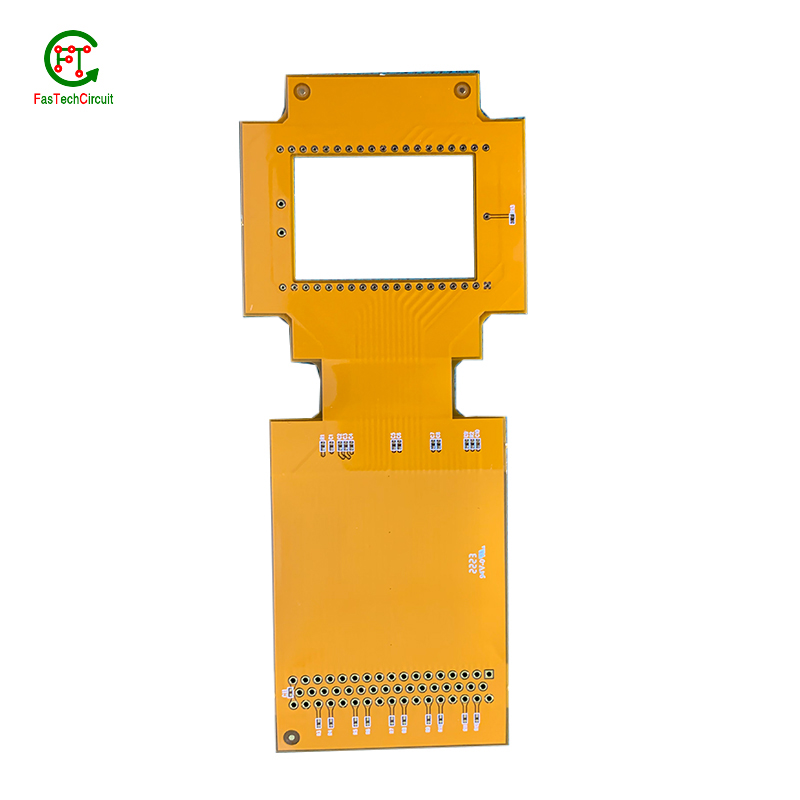
What production equipment do pcba supplier need?
PCBA suppliers typically need a range of production equipment, including:
1. Soldering equipment: This includes soldering irons, soldering stations, and reflow ovens.
2. Pick-and-place machines: These machines are used to place components onto the PCB.
3. Automated optical inspection (AOI) machines: These machines are used to inspect the PCBs for any defects.
4. Testing equipment: This includes test jigs and test fixtures.
5. Cleaning equipment: This includes ultrasonic cleaners and other cleaning solutions.
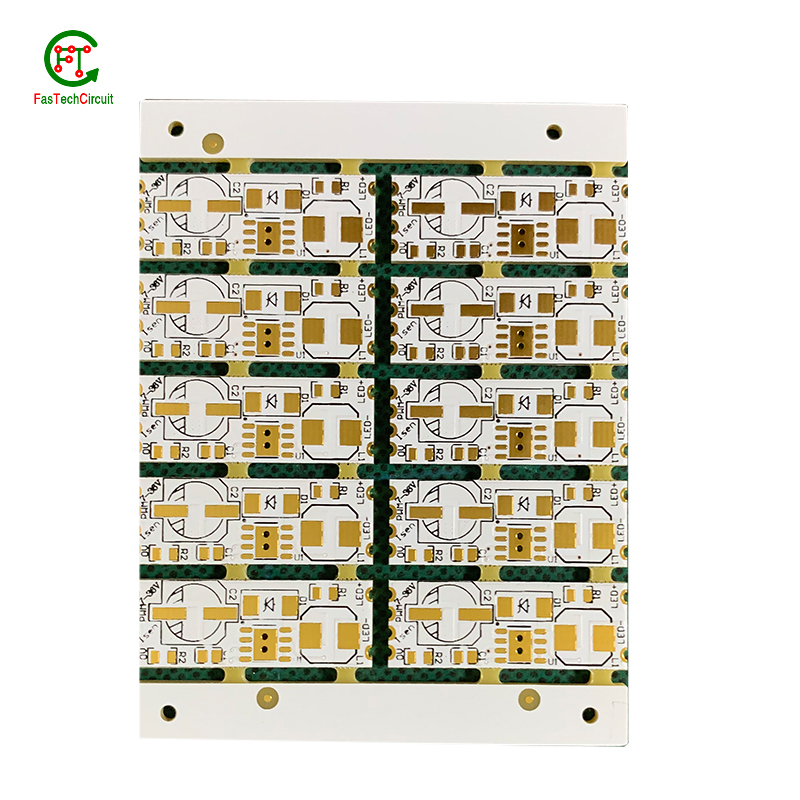
What is the maintenance content of the pcba supplier's production equipment?
1. Regularly check the cleanliness of the production environment and the cleanliness of the equipment.
2. Regularly check the lubrication of the equipment and the tightness of the screws.
3. Regularly check the temperature and humidity of the production environment.
4. Regularly check the performance of the equipment and the accuracy of the parts.
5. Regularly check the safety of the equipment and the safety of the personnel.
6. Regularly check the electrical system of the equipment and the wiring of the equipment.
7. Regularly check the performance of the equipment and the accuracy of the parts.
8. Regularly check the performance of the equipment and the accuracy of the parts.
9. Regularly check the performance of the equipment and the accuracy of the parts.
10. Regularly check the performance of the equipment and the accuracy of the parts.
pcba supplier produce equipment, how to improve equipment management efficiency
1. Establish a comprehensive equipment management system: Establish a comprehensive equipment management system to ensure that all equipment is managed in a unified manner.
2. Establish a preventive maintenance system: Establish a preventive maintenance system to ensure that all equipment is regularly inspected and maintained.
3. Establish a tracking system: Establish a tracking system to ensure that all equipment is tracked and monitored.
4. Establish a training system: Establish a training system to ensure that all personnel are properly trained in the use and maintenance of the equipment.
5. Establish a safety system: Establish a safety system to ensure that all equipment is operated in a safe manner.
6. Establish a reporting system: Establish a reporting system to ensure that all equipment is reported in a timely manner.
7. Establish a quality control system: Establish a quality control system to ensure that all equipment is of the highest quality.
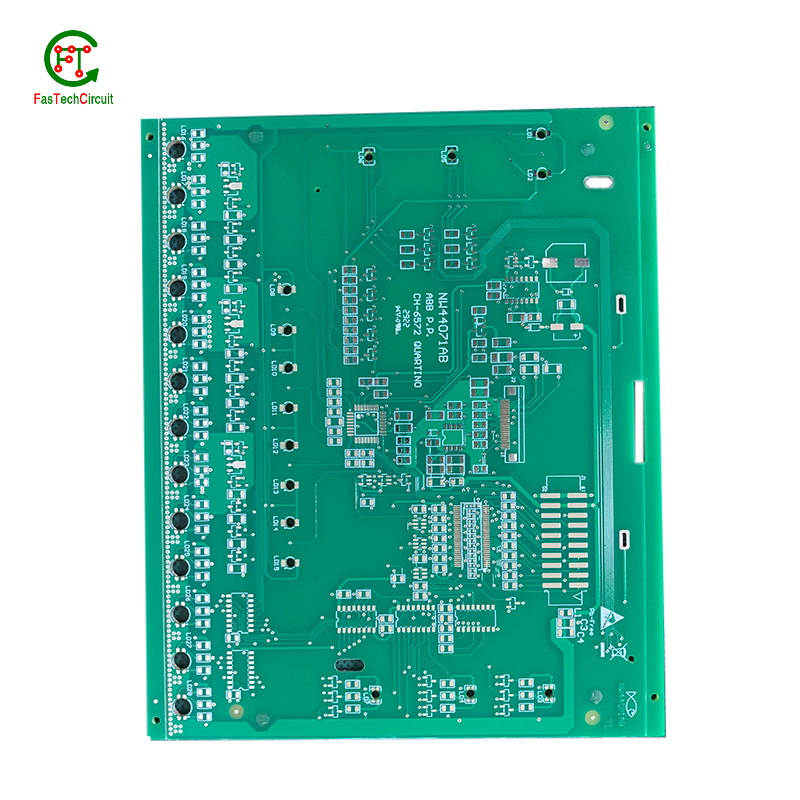
Production scale and production capacity of pcba supplier
The production scale and production capacity of a PCBA supplier will depend on the size of the company and the type of services they offer. Generally, larger companies will have larger production scales and capacities, while smaller companies may have more limited production scales and capacities. The production capacity of a PCBA supplier will also depend on the type of services they offer. For example, some suppliers may specialize in high-volume production, while others may specialize in low-volume production. Additionally, some suppliers may offer a variety of services, such as design, assembly, testing, and packaging.
Analysis of R&D capabilities of global pcba supplier
The analysis of the R&D capabilities of a global PCBA supplier is an important part of the evaluation process when selecting a supplier. It is important to understand the supplier’s capabilities in terms of research and development, as this will determine the quality of the product and the level of service that the supplier can provide.
The first step in analyzing the R&D capabilities of a global PCBA supplier is to assess the supplier’s technical expertise. This includes evaluating the supplier’s experience in the industry, the number of years they have been in business, and the number of products they have developed. It is also important to assess the supplier’s ability to develop new products and technologies, as well as their ability to customize existing products to meet customer needs.
The second step in analyzing the R&D capabilities of a global PCBA supplier is to assess the supplier’s resources. This includes evaluating the supplier’s staff, equipment, and facilities. It is important to assess the supplier’s ability to provide the necessary resources to develop new products and technologies, as well as their ability to customize existing products to meet customer needs.
The third step in analyzing the R&D capabilities of a global PCBA supplier is to assess the supplier’s quality control processes. This includes evaluating the supplier’s quality assurance processes, as well as their ability to ensure that the products they produce meet customer requirements. It is also important to assess the supplier’s ability to provide timely and accurate feedback to customers regarding product quality and performance.
Finally, it is important to assess the supplier’s ability to provide customer support. This includes evaluating the supplier’s ability to provide technical support, as well as their ability to provide customer service. It is also important to assess the supplier’s ability to provide timely and accurate feedback to customers regarding product quality and performance.
By assessing the R&D capabilities of a global PCBA supplier, it is possible to determine the quality of the products and services that the supplier can provide. This will help to ensure that the supplier is able to meet customer needs and provide the highest quality products and services.
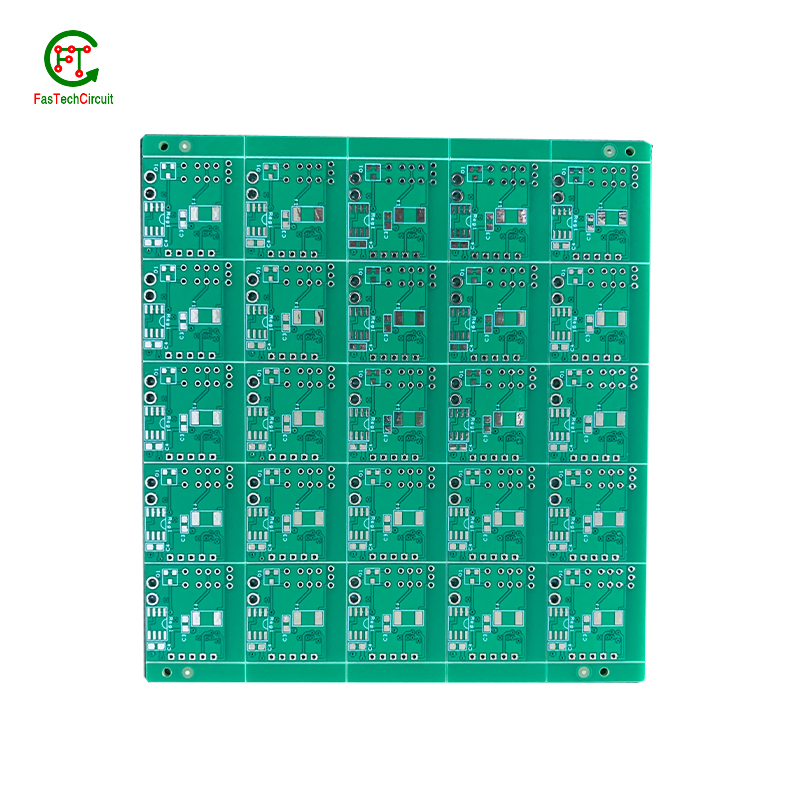
Matters needing attention in the development of raw material supply chain for pcba supplier
1. Establish a reliable supply chain: It is important to establish a reliable supply chain for raw materials. This includes finding reliable suppliers, negotiating contracts, and ensuring that the raw materials are of the highest quality.
2. Monitor supplier performance: It is important to monitor the performance of suppliers to ensure that they are meeting the requirements of the contract. This includes monitoring the quality of the raw materials, delivery times, and any other issues that may arise.
3. Develop a risk management plan: It is important to develop a risk management plan to mitigate any potential risks associated with the supply chain. This includes identifying potential risks, developing strategies to address them, and monitoring the performance of the suppliers.
4. Establish a quality control system: It is important to establish a quality control system to ensure that the raw materials are of the highest quality. This includes testing the raw materials, inspecting the finished products, and ensuring that the products meet the required standards.
5. Develop a communication plan: It is important to develop a communication plan to ensure that all stakeholders are informed of any changes or issues that may arise. This includes communicating with suppliers, customers, and other stakeholders.
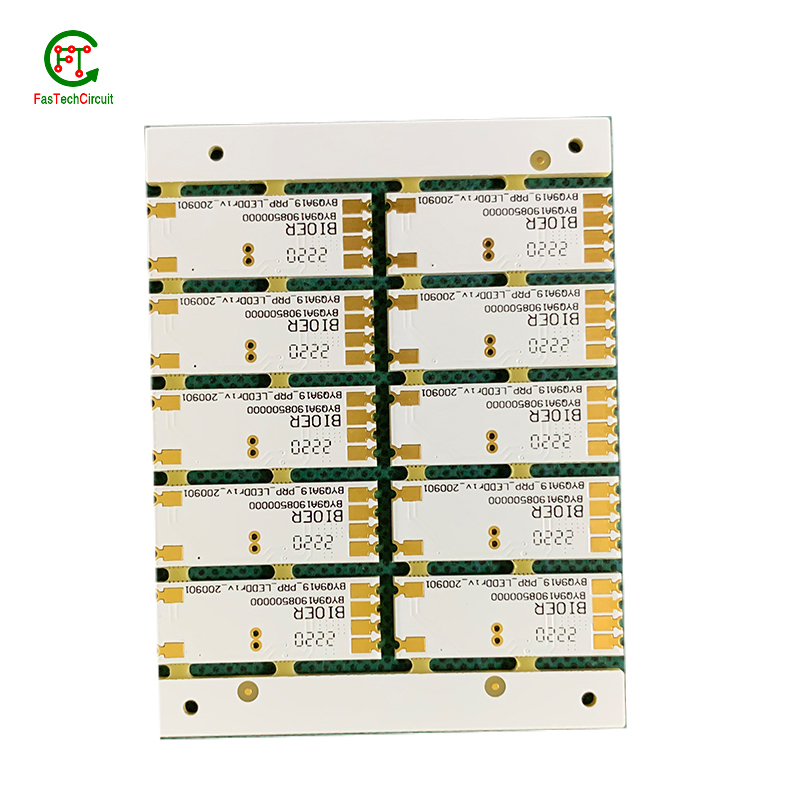
Instructions for cooperation with pcba supplier
1. Establish a clear communication channel: Establish a clear communication channel with your PCBA supplier to ensure that all communication is clear and efficient. This includes setting up a dedicated email address, phone number, and other contact information.
2. Establish a timeline: Establish a timeline for the entire process, from the initial design to the final product. This will help ensure that the project is completed on time and that all parties are aware of the timeline.
3. Establish a quality control process: Establish a quality control process to ensure that the PCBA supplier is meeting the required standards. This includes testing the components and ensuring that the PCBs are manufactured to the highest quality.
4. Establish a payment process: Establish a payment process that is fair and reasonable for both parties. This includes setting up a payment schedule and ensuring that payments are made on time.
5. Establish a warranty process: Establish a warranty process to ensure that any defects or issues are addressed in a timely manner. This includes setting up a warranty period and ensuring that any repairs or replacements are done quickly and efficiently.

Detailed explanation of the production process of pcba supplier
1. Design: The first step in the production process of a PCBA supplier is the design phase. This is where the customer provides the supplier with the design specifications for the board, including the components, layout, and other details.
2. Procurement: The supplier then procures the necessary components and materials for the board. This includes the PCB, components, solder, and other materials.
3. Assembly: The components are then assembled onto the PCB. This includes soldering, testing, and inspection.
4. Testing: The board is then tested to ensure that it meets the customer’s specifications. This includes electrical testing, functional testing, and environmental testing.
5. Packaging: The board is then packaged for shipment to the customer. This includes protective packaging, labeling, and other necessary steps.
6. Shipping: The board is then shipped to the customer. This includes tracking, delivery, and other necessary steps.
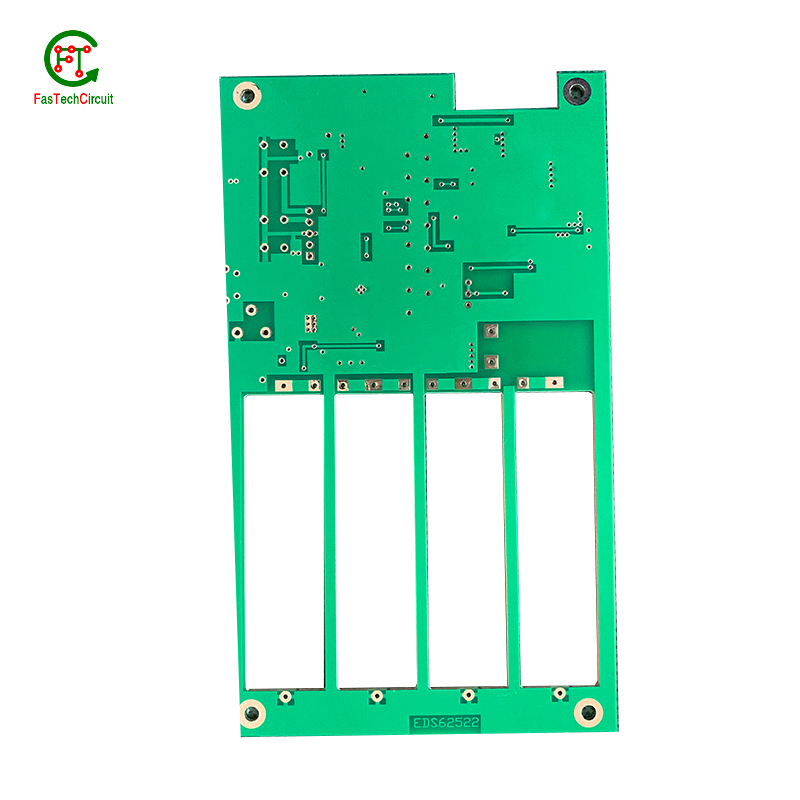
pcba supplier production technology coverage
PCBA supplier production technology coverage includes:
1. SMT (Surface Mount Technology): SMT is a method of mounting components on a printed circuit board (PCB) by soldering them to the surface of the board.
2. Through-hole technology: Through-hole technology is a method of mounting components on a printed circuit board (PCB) by inserting the component leads through holes in the board and then soldering them in place.
3. BGA (Ball Grid Array): BGA is a type of surface-mount packaging used for integrated circuits. It consists of an array of solder balls that are used to connect the package to the PCB.
4. DIP (Dual In-line Package): DIP is a type of integrated circuit package that has two rows of pins that are used to connect the package to the PCB.
5. COB (Chip-on-Board): COB is a type of integrated circuit packaging that uses a substrate to mount the integrated circuit directly onto the PCB.
6. Flip Chip: Flip chip is a type of integrated circuit packaging that uses a substrate to mount the integrated circuit directly onto the PCB. The integrated circuit is flipped over and then soldered to the PCB.
7. Wire Bonding: Wire bonding is a method of connecting an integrated circuit to a printed circuit board (PCB) using fine wires.
8. Testing: Testing is a process used to ensure that a product meets its design specifications. It can include functional testing, environmental testing, and reliability testing.
Production profit of pcba supplier
The profit of a PCBA supplier depends on a variety of factors, including the cost of materials, labor, overhead, and other expenses. Additionally, the profit margin of a PCBA supplier is also affected by the volume of orders, the complexity of the product, and the quality of the components used. Generally, the profit margin of a PCBA supplier is between 5-15%.
pcba supplier production line
PCBA suppliers typically have a production line that includes the following steps:
1. Design: The first step in the production process is to design the printed circuit board (PCB) and the components that will be used. This includes creating a schematic, selecting components, and laying out the board.
2. Fabrication: Once the design is complete, the PCB is sent to a fabrication facility where it is manufactured. This includes etching the copper traces, drilling holes, and applying solder mask and silkscreen.
3. Assembly: After the PCB is fabricated, it is sent to an assembly facility where components are soldered onto the board. This includes placing components, soldering them in place, and testing the board.
4. Testing: Once the board is assembled, it is tested to ensure that it is functioning properly. This includes testing the electrical connections, verifying the functionality of the components, and running any necessary software tests.
5. Packaging: After the board is tested, it is packaged and shipped to the customer.
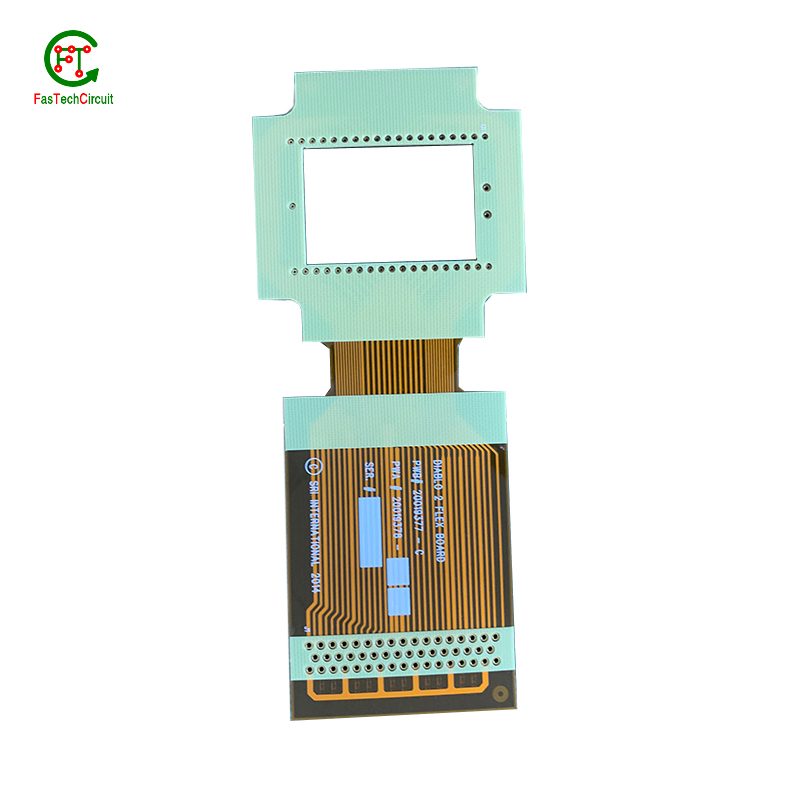
Covered content of the pcba supplier's production process
1. Design: The PCBA supplier will work with the customer to design the PCB layout and components. This includes selecting the right components, designing the board layout, and ensuring the board meets the customer's requirements.
2. Fabrication: The PCBA supplier will fabricate the PCBs according to the customer's design. This includes ordering the components, soldering the components onto the board, and testing the board to ensure it meets the customer's requirements.
3. Assembly: The PCBA supplier will assemble the PCBs into the customer's product. This includes soldering the components onto the board, testing the board, and ensuring the product meets the customer's requirements.
4. Testing: The PCBA supplier will test the product to ensure it meets the customer's requirements. This includes testing the board, testing the components, and ensuring the product meets the customer's specifications.
5. Packaging: The PCBA supplier will package the product according to the customer's requirements. This includes ensuring the product is properly packaged and labeled for shipping.
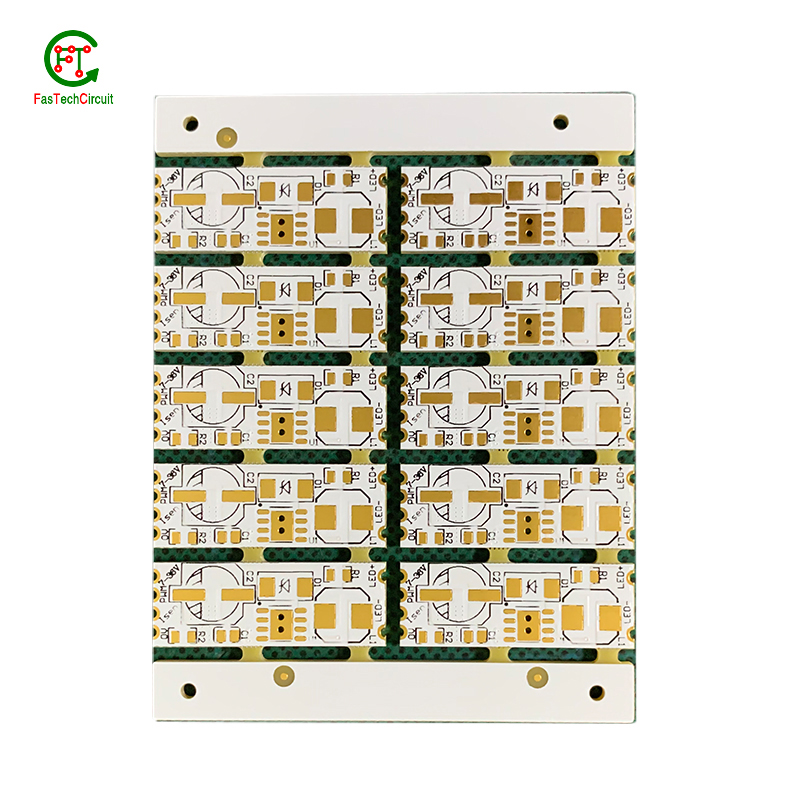
Production process management of pcba supplier
1. Quality Control: Quality control is the most important part of the PCBA supplier's production process. The supplier should have a quality control system in place to ensure that all components and materials used in the production process meet the required standards. This includes testing and inspection of components and materials, as well as the final product.
2. Design: The supplier should have a design team that is responsible for creating the PCB layout and schematic. This team should be knowledgeable in the latest design tools and techniques to ensure that the design meets the customer's requirements.
3. Manufacturing: The supplier should have a manufacturing team that is responsible for the assembly of the PCBs. This team should be knowledgeable in the latest manufacturing techniques and processes to ensure that the PCBs are assembled correctly and efficiently.
4. Testing: The supplier should have a testing team that is responsible for testing the PCBs to ensure that they meet the customer's requirements. This team should be knowledgeable in the latest testing techniques and processes to ensure that the PCBs are tested correctly and efficiently.
5. Quality Assurance: The supplier should have a quality assurance team that is responsible for ensuring that the PCBs meet the customer's requirements. This team should be knowledgeable in the latest quality assurance techniques and processes to ensure that the PCBs are manufactured correctly and efficiently.
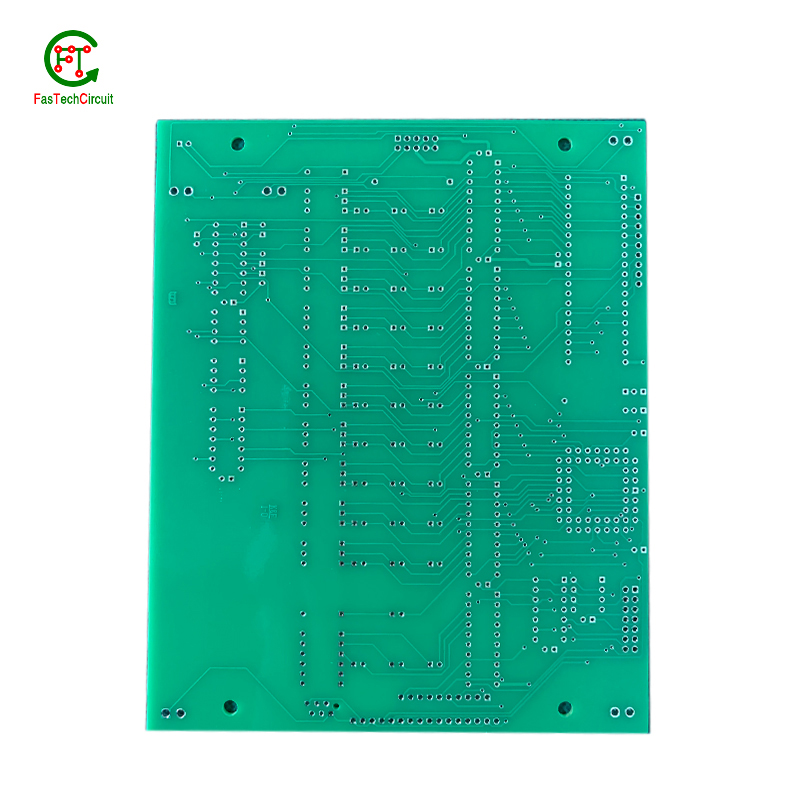
pcba supplier need to meet the following environmental protection requirements
1. Comply with all applicable environmental laws and regulations.
2. Implement a comprehensive environmental management system that meets international standards.
3. Minimize the use of hazardous materials and substances.
4. Reduce waste and emissions through efficient production processes.
5. Develop and implement a plan to reduce energy consumption.
6. Promote the use of renewable energy sources.
7. Ensure proper disposal of hazardous materials and waste.
8. Provide training and education to employees on environmental protection.
9. Monitor and report on environmental performance.
10. Develop and implement a plan to reduce water consumption.
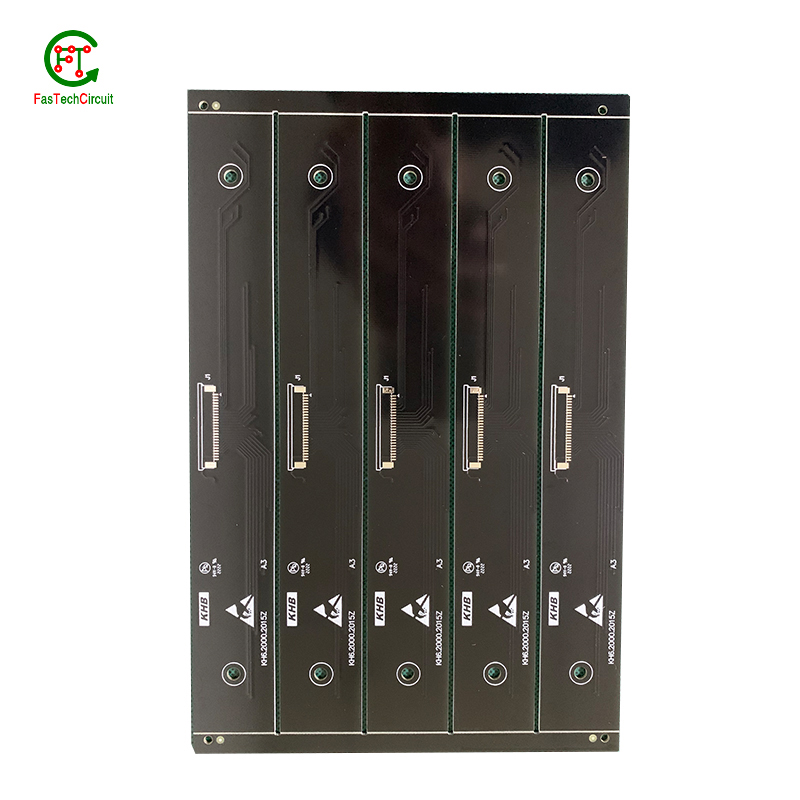
How to improve the manufacturing process of pcba supplier
1. Invest in Automation: Investing in automation can help reduce costs and improve efficiency in the manufacturing process. Automation can help reduce labor costs, reduce errors, and increase production speed.
2. Implement Lean Manufacturing: Lean manufacturing is a process that focuses on eliminating waste and improving efficiency. Lean manufacturing can help reduce costs, improve quality, and increase production speed.
3. Improve Quality Control: Quality control is essential for any manufacturing process. Implementing a quality control system can help ensure that products meet customer requirements and reduce the risk of defects.
4. Invest in Training: Investing in training can help ensure that employees are knowledgeable and skilled in the manufacturing process. Training can also help reduce errors and improve efficiency.
5. Invest in Technology: Investing in technology can help improve the efficiency of the manufacturing process. Technology can help reduce costs, improve quality, and increase production speed.
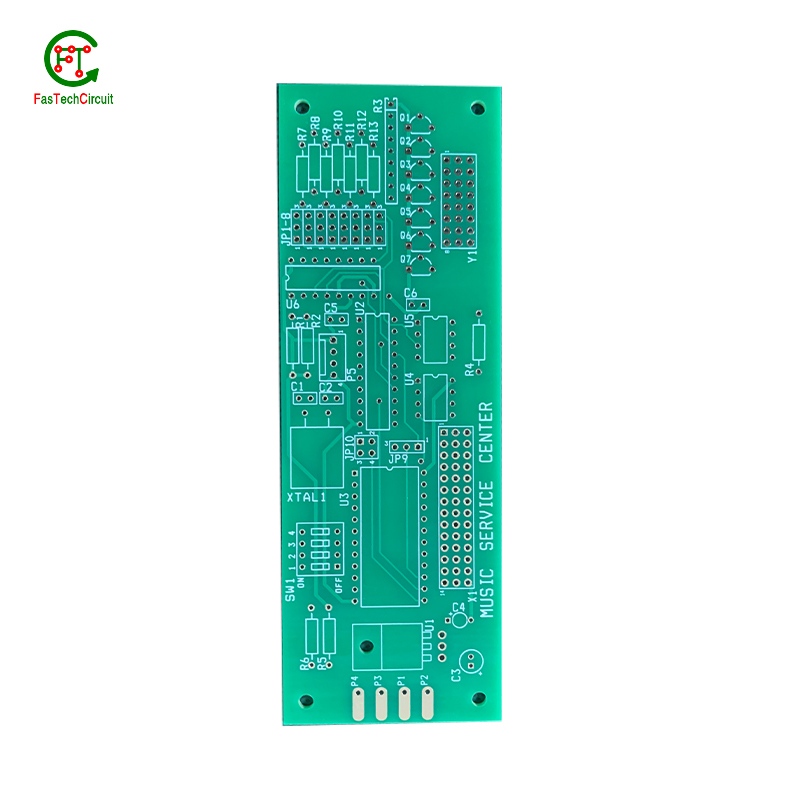
How do pcba supplier solve the application of new technologies
PCBA suppliers can work with their customers to develop solutions that meet the needs of their application. This may involve researching new technologies, developing custom components, and testing the design to ensure it meets the customer's requirements. The supplier can also provide technical support and advice to ensure the customer's application is successful.
How can pcba supplier improve production efficiency
1. Invest in Automation: Investing in automation can help reduce labor costs and increase production efficiency. Automation can also help reduce errors and improve product quality.
2. Streamline Processes: Streamlining processes can help reduce waste and increase efficiency. This can include reducing the number of steps in a process, eliminating unnecessary steps, and using technology to automate processes.
3. Improve Quality Control: Quality control is essential for ensuring that products meet customer expectations. Improving quality control can help reduce defects and improve production efficiency.
4. Invest in Training: Investing in training can help employees become more efficient and productive. Training can also help reduce errors and improve product quality.
5. Utilize Lean Manufacturing: Lean manufacturing is a system that focuses on eliminating waste and improving efficiency. Utilizing lean manufacturing can help reduce costs and improve production efficiency.
How do pcba supplier implement new product development
1. Research and Development: PCBA suppliers should conduct research and development to identify customer needs and develop new products that meet those needs.
2. Design and Prototyping: PCBA suppliers should design and prototype the new product to ensure it meets customer requirements.
3. Testing and Validation: PCBA suppliers should test and validate the new product to ensure it meets quality standards.
4. Manufacturing: PCBA suppliers should manufacture the new product in accordance with customer specifications.
5. Quality Assurance: PCBA suppliers should ensure the new product meets quality standards and is free from defects.
6. Delivery: PCBA suppliers should deliver the new product to the customer on time and in accordance with customer requirements.
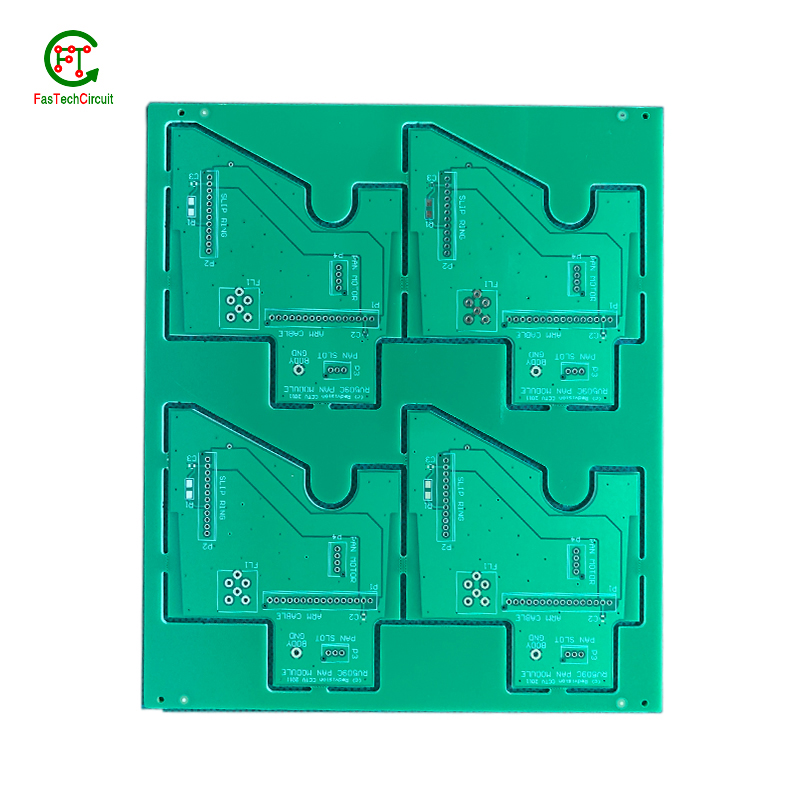
pcba supplier service and quality system
PCBA supplier service and quality systems are designed to ensure that the products and services provided by the supplier meet the customer's requirements. The system should include processes for receiving customer orders, tracking orders, and providing feedback to customers. It should also include processes for inspecting and testing products, ensuring quality control, and providing technical support. The system should also include processes for tracking customer complaints and resolving them in a timely manner. Finally, the system should include processes for tracking supplier performance and providing feedback to the supplier.
How do pcba supplier establish a sound supply chain management
1. Establish a clear and effective communication system: Establish a clear and effective communication system between the supplier and the customer to ensure that all parties are aware of the requirements and expectations.
2. Develop a comprehensive supplier evaluation system: Develop a comprehensive supplier evaluation system to ensure that the supplier is meeting the customer’s requirements and expectations.
3. Establish a quality assurance system: Establish a quality assurance system to ensure that the supplier is providing quality products and services.
4. Develop a risk management system: Develop a risk management system to identify and mitigate potential risks associated with the supply chain.
5. Establish a performance measurement system: Establish a performance measurement system to track and measure the performance of the supplier.
6. Develop a supplier relationship management system: Develop a supplier relationship management system to ensure that the supplier is meeting the customer’s needs and expectations.
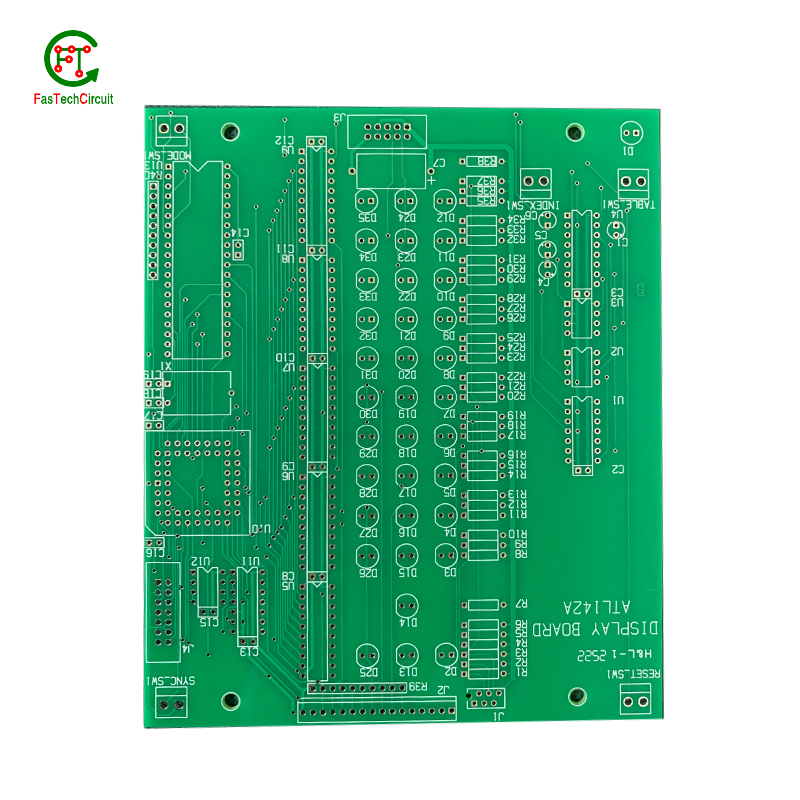
What are the services of pcba supplier?
1. PCB Design and Layout: PCB design and layout services include schematic capture, PCB layout, and design for manufacturability (DFM) analysis.
2. PCB Assembly: PCB assembly services include component sourcing, surface mount technology (SMT) and through-hole technology (THT) assembly, and testing.
3. PCB Testing: PCB testing services include functional testing, in-circuit testing (ICT), and flying probe testing.
4. PCB Prototyping: PCB prototyping services include rapid prototyping, low-volume production, and high-volume production.
5. PCB Manufacturing: PCB manufacturing services include PCB fabrication, component sourcing, and assembly.
6. PCB Reverse Engineering: PCB reverse engineering services include reverse engineering of existing PCBs, reverse engineering of obsolete components, and reverse engineering of custom components.
How do pcba supplier establish their own pcba dealer channels
1. Develop a strong online presence: PCBA suppliers should create a website and social media accounts to showcase their products and services. They should also use search engine optimization (SEO) techniques to ensure their website is visible to potential customers.
2. Establish relationships with local distributors: PCBA suppliers should reach out to local distributors and establish relationships with them. This will help them to get their products into the hands of potential customers.
3. Attend trade shows and conferences: PCBA suppliers should attend trade shows and conferences to meet potential customers and build relationships with them.
4. Offer discounts and incentives: PCBA suppliers should offer discounts and incentives to encourage customers to purchase their products.
5. Develop a referral program: PCBA suppliers should create a referral program to encourage customers to refer their friends and family to their business.
6. Utilize online marketplaces: PCBA suppliers should use online marketplaces such as Amazon and eBay to reach a wider audience.
R&D direction of pcba supplier industry
1. Automation: Automation is becoming increasingly important in the PCBA supplier industry. Automation can help reduce costs, improve efficiency, and reduce errors. Automation can also help reduce the need for manual labor, which can help reduce labor costs.
2. Quality Control: Quality control is essential for PCBA suppliers. Quality control measures can help ensure that the products they produce meet customer requirements and industry standards.
3. Design: Design is an important part of the PCBA supplier industry. Designers must be able to create products that meet customer requirements and industry standards.
4. Materials: PCBA suppliers must be able to source and use the right materials for their products. This includes selecting the right components, such as resistors, capacitors, and integrated circuits.
5. Testing: Testing is an important part of the PCBA supplier industry. Testing helps ensure that the products they produce meet customer requirements and industry standards.
Customer group and service level of pcba supplier
PCBA suppliers typically offer a variety of services and customer groups. The type of services and customer groups offered will depend on the supplier. Some suppliers may offer services such as design, assembly, testing, and packaging, while others may specialize in one or two of these services. The customer groups may include OEMs, CEMs, and EMS providers. Some suppliers may also offer services to hobbyists and small businesses.
How to improve the quality of pcba supplier
1. Ensure that the supplier has a good reputation: Before selecting a PCBA supplier, it is important to ensure that the supplier has a good reputation in the industry. You can check online reviews and customer feedback to get an idea of the supplier’s quality of service.
2. Ask for samples: Ask the supplier to provide samples of their work so that you can evaluate the quality of their products.
3. Check the supplier’s certifications: Make sure that the supplier has the necessary certifications and qualifications to provide quality PCBA services.
4. Ask for references: Ask the supplier for references from their previous customers. This will help you get an idea of the supplier’s quality of service.
5. Check the supplier’s pricing: Make sure that the supplier’s pricing is competitive and reasonable.
6. Check the supplier’s turnaround time: Make sure that the supplier can meet your deadlines and provide timely delivery of the products.
7. Check the supplier’s customer service: Make sure that the supplier has a good customer service team that is available to answer your queries and address your concerns.
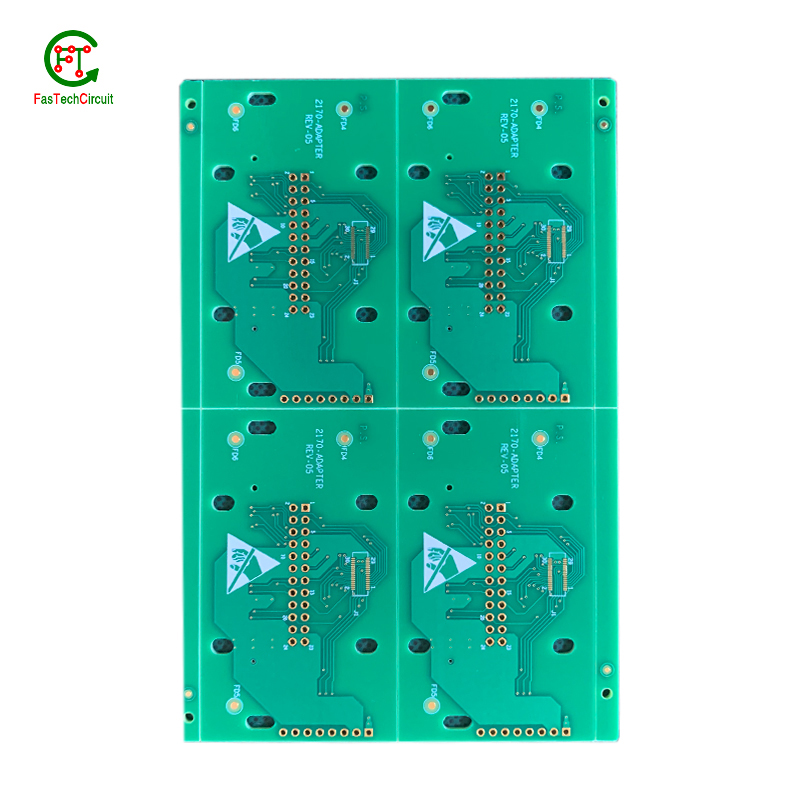
What services are included in the pcba supplier's after-sales service?
1. Technical support: The pcba supplier should provide technical support to customers, including product design, process optimization, and troubleshooting.
2. Warranty: The pcba supplier should provide a warranty for the products they supply.
3. Repair and maintenance: The pcba supplier should provide repair and maintenance services for the products they supply.
4. Replacement: The pcba supplier should provide replacement services for defective products.
5. Training: The pcba supplier should provide training services to customers on how to use and maintain the products they supply.
After-sales compensation terms for pcba supplier
1. Warranty: The supplier shall provide a warranty period of at least 12 months from the date of delivery of the PCBA.
2. Replacement: The supplier shall replace any defective PCBA within 7 days of receiving the customer’s notification.
3. Refund: The supplier shall refund the customer the full purchase price of any defective PCBA within 30 days of receiving the customer’s notification.
4. Repair: The supplier shall repair any defective PCBA within 14 days of receiving the customer’s notification.
5. Technical Support: The supplier shall provide technical support to the customer for any defective PCBA within 7 days of receiving the customer’s notification.
6. Shipping: The supplier shall bear the cost of shipping any defective PCBA back to the customer.
Product quality control of pcba supplier
1. Pre-production Inspection: The supplier should inspect the raw materials and components before production to ensure that they meet the requirements of the product.
2. In-process Inspection: The supplier should inspect the production process to ensure that the product is produced according to the requirements.
3. Final Inspection: The supplier should inspect the finished product to ensure that it meets the requirements of the product.
4. Testing: The supplier should test the product to ensure that it meets the requirements of the product.
5. Quality Control: The supplier should have a quality control system in place to ensure that the product meets the requirements of the product.
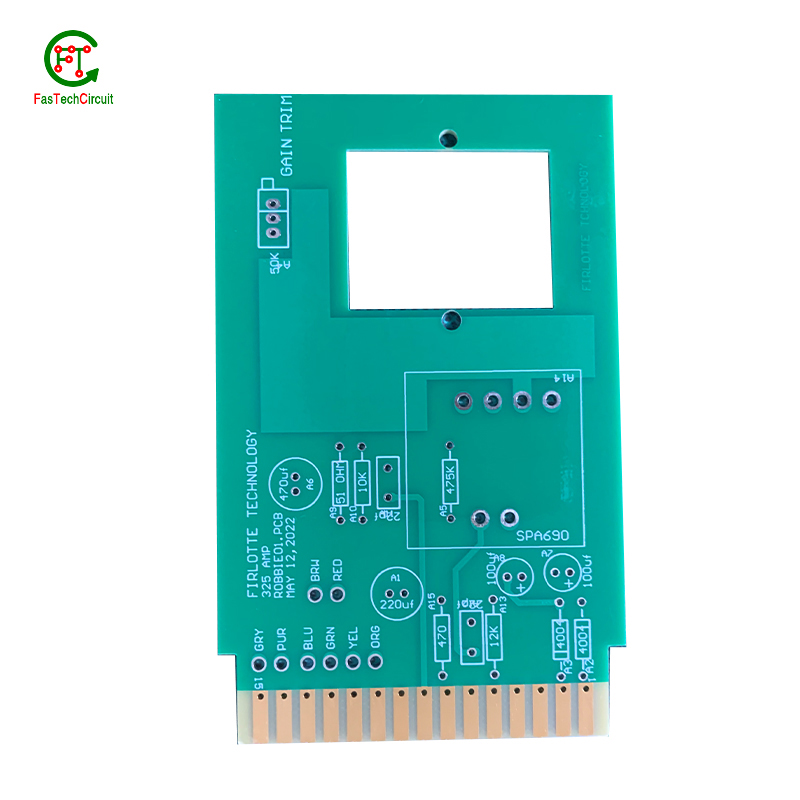
pcba supplier are more worthy of cooperation if they have patents
Yes, PCBAs suppliers with patents are more worthy of cooperation because they have the ability to provide innovative solutions and products that are protected by intellectual property rights. This means that the supplier can offer unique products that are not available from other suppliers, which can give your business a competitive edge. Additionally, having patents can also provide assurance that the supplier is committed to quality and innovation, which can help to ensure that you receive the best possible products and services.
pcba supplier' skill requirements for production operators
Production operators in the PCBA supplier industry must have a variety of skills in order to be successful. These skills include:
1. Knowledge of the PCBA manufacturing process: Production operators must have a thorough understanding of the PCBA manufacturing process, including the different components and processes involved. They must also be able to troubleshoot any issues that arise during the production process.
2. Attention to detail: Production operators must be able to pay close attention to detail in order to ensure that all components are assembled correctly and that the finished product meets the customer’s specifications.
3. Mechanical aptitude: Production operators must have a good understanding of mechanical systems and be able to use tools and machines to assemble components.
4. Problem-solving skills: Production operators must be able to identify and solve problems that arise during the production process.
5. Communication skills: Production operators must be able to communicate effectively with other members of the production team in order to ensure that the production process runs smoothly.
6. Quality control: Production operators must be able to inspect components and finished products to ensure that they meet the customer’s specifications.
The international production mode adopted by pcba supplier
The international production mode adopted by pcba suppliers typically involves the use of global sourcing, global manufacturing, and global logistics. Global sourcing involves sourcing components from multiple countries, often at lower costs than those available in the local market. Global manufacturing involves the use of advanced manufacturing technologies and processes to produce high-quality products. Global logistics involves the coordination of the movement of goods from one country to another, often with the help of third-party logistics providers. This mode of production allows pcba suppliers to reduce costs, increase efficiency, and improve product quality.
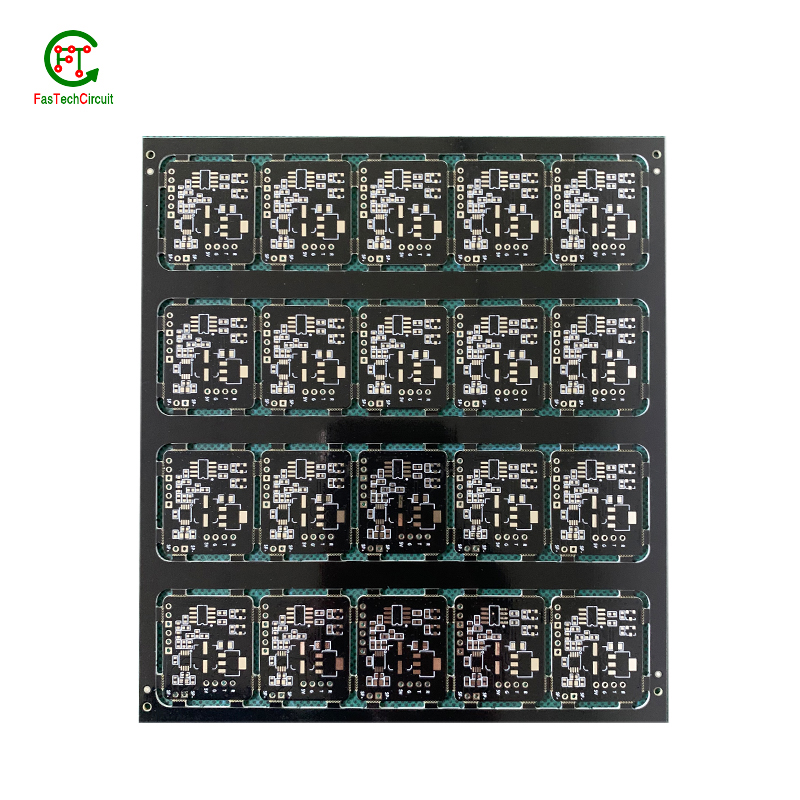
pcba design, comparison of advantages and disadvantages of Chinese and American design levels
Advantages of Chinese PCB Design:
1. Cost: Chinese PCB design services are generally more cost-effective than those in the US. This is due to the lower labor costs in China, as well as the availability of cheaper materials.
2. Speed: Chinese PCB design services are often faster than those in the US. This is due to the fact that Chinese designers are often more experienced and have access to more advanced tools and technologies.
3. Quality: Chinese PCB design services are often of a higher quality than those in the US. This is due to the fact that Chinese designers are often more experienced and have access to more advanced tools and technologies.
Disadvantages of Chinese PCB Design:
1. Language Barrier: Chinese PCB design services may be difficult to communicate with due to language barriers. This can lead to misunderstandings and delays in the design process.
2. Cultural Differences: Chinese PCB design services may have different design philosophies than those in the US. This can lead to misunderstandings and delays in the design process.
3. Intellectual Property: Chinese PCB design services may not be as reliable when it comes to protecting intellectual property. This can lead to the theft of ideas and designs.
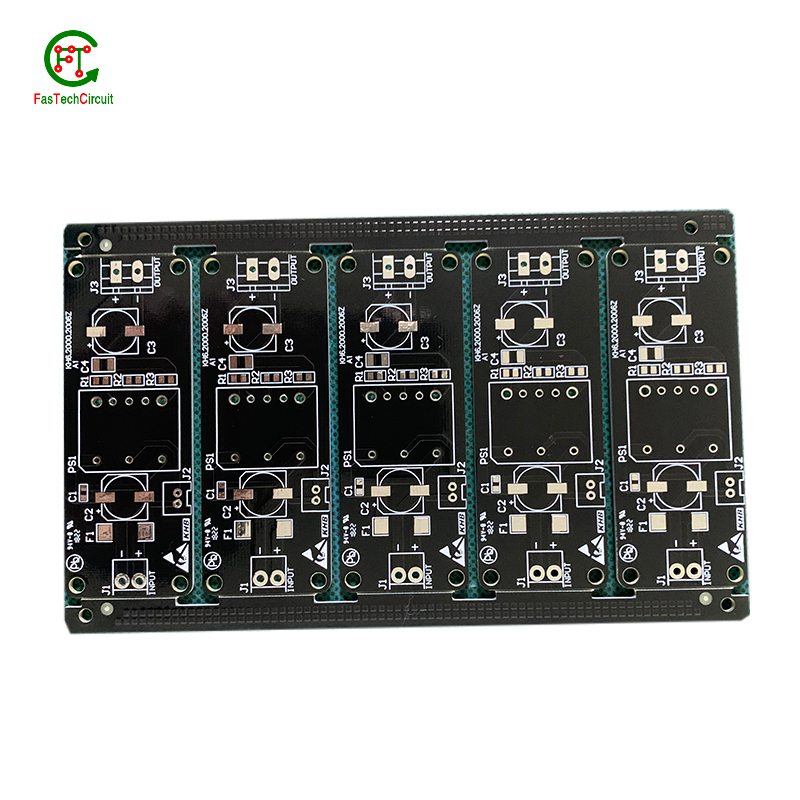
pcba design, what are the shortcomings of Chinese enterprises?
1. Lack of innovation: Chinese enterprises often lack the ability to innovate and develop new products or services.
2. Poor quality control: Chinese enterprises often lack the necessary quality control measures to ensure the quality of their products and services.
3. Poor customer service: Chinese enterprises often lack the necessary customer service infrastructure to provide satisfactory customer service.
4. Poor marketing: Chinese enterprises often lack the necessary marketing strategies to effectively promote their products and services.
5. Poor international presence: Chinese enterprises often lack the necessary international presence to effectively compete in the global market.
Effect drawing of pcba design
A PCBA drawing is a technical drawing that shows the layout of the components on a printed circuit board (PCB). It typically includes the component placement, the wiring of the components, and the board outline. The drawing may also include other information such as the board size, the number of layers, and the type of components used. The drawing is used to create the PCB and to ensure that all components are correctly placed and wired.
Skill requirements for designers
1. Knowledge of design principles and techniques: Designers should have a strong understanding of design principles such as composition, color theory, typography, and layout.
2. Knowledge of software: Designers should be proficient in the use of design software such as Adobe Photoshop, Illustrator, InDesign, and other related programs.
3. Creativity: Designers should be able to think outside the box and come up with creative solutions to design problems.
4. Communication skills: Designers should be able to communicate their ideas effectively to clients and colleagues.
5. Attention to detail: Designers should be able to pay attention to details and ensure that their designs are accurate and consistent.
6. Time management: Designers should be able to manage their time effectively and meet deadlines.
7. Problem-solving skills: Designers should be able to identify problems and come up with solutions.
Classification of pcba design styles
1. Through-Hole Design: This is the most traditional type of printed circuit board assembly (PCBA) design. It involves components that are inserted into holes drilled into the board and then soldered in place.
2. Surface Mount Design: This type of PCBA design involves components that are soldered directly onto the board’s surface. It is the most common type of PCBA design today.
3. Mixed Technology Design: This type of PCBA design combines both through-hole and surface mount components. It is used when a board requires components that are not available in surface mount packages.
4. High-Density Design: This type of PCBA design involves components that are densely packed together on the board. It is used when a board requires a high level of functionality in a small space.
5. Flexible Design: This type of PCBA design involves components that are mounted on a flexible substrate. It is used when a board needs to be flexible or conform to a curved surface.
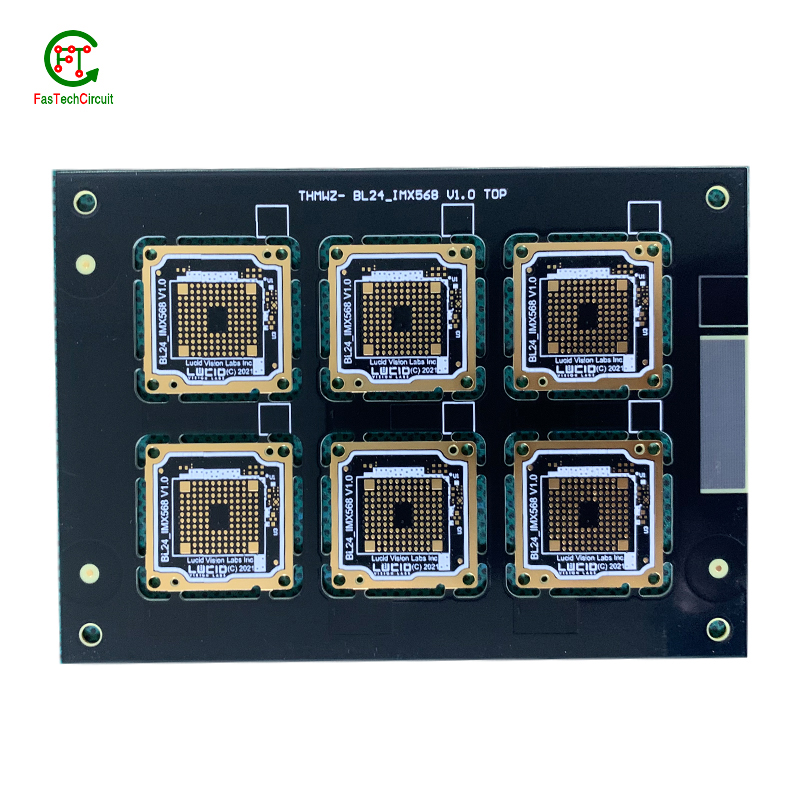
Top ten international pcba brands
1. Flextronics
2. Jabil
3. Celestica
4. Sanmina
5. TTM Technologies
6. Benchmark Electronics
7. Viasystems
8. Universal Scientific Industrial
9. WKK Technology
10. Zollner Elektronik
About the brand of the pcba supplier
The pcba supplier is a leading manufacturer of printed circuit boards and related components. They specialize in providing high-quality, cost-effective solutions for a wide range of applications. Their products are designed to meet the highest standards of quality and reliability. They offer a wide range of services, including design, fabrication, assembly, testing, and more. They are committed to providing the best customer service and support to ensure that their customers are satisfied with their products and services.
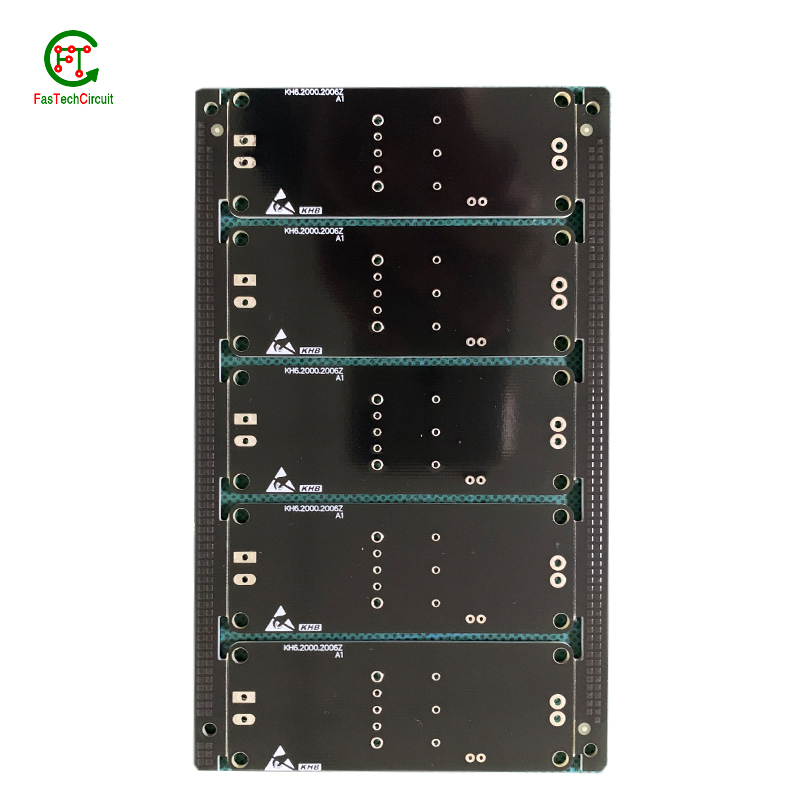
pcb board manufacturing How To Contact US
PCB from 1 to 30 layers, HDI, Heavy Copper, Rigid-flex board with "pcb board manufacturing One-Stop" service.
